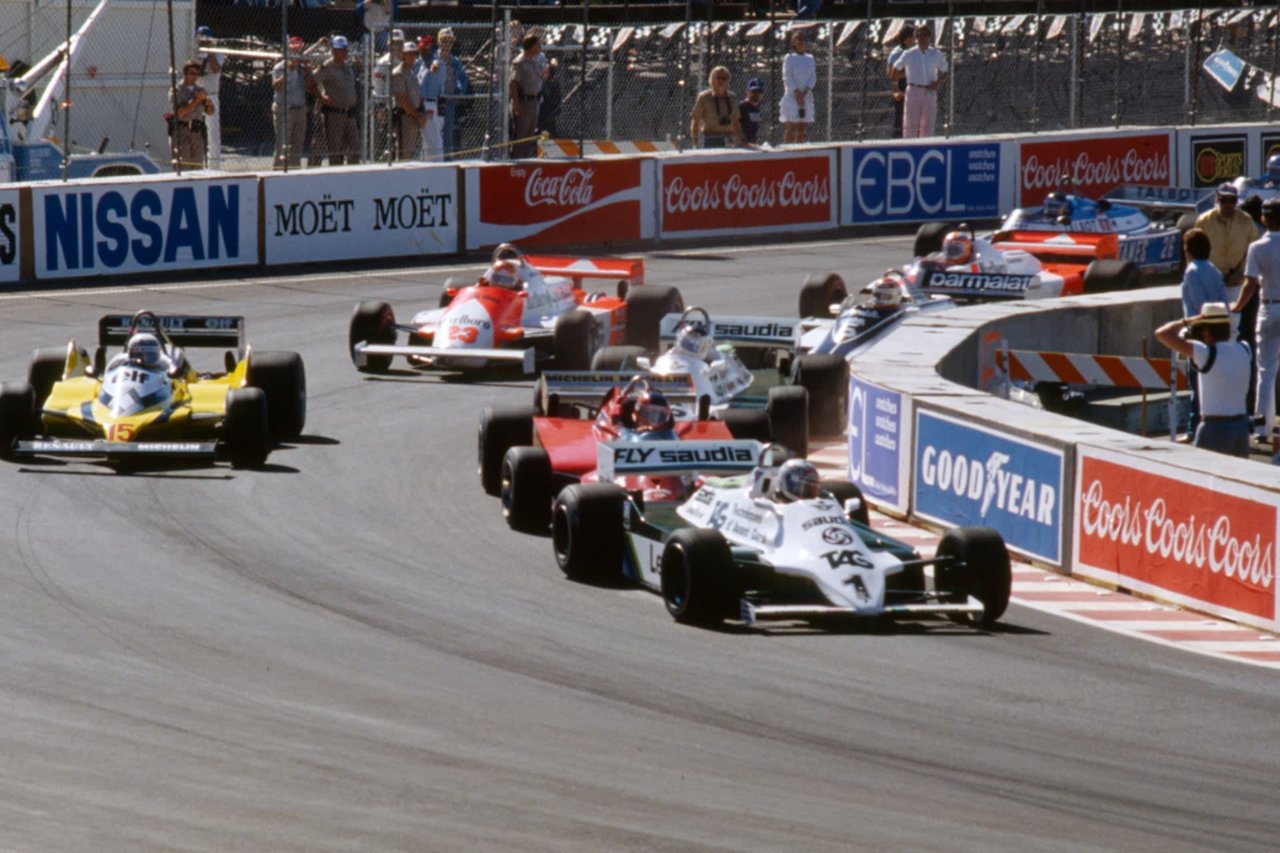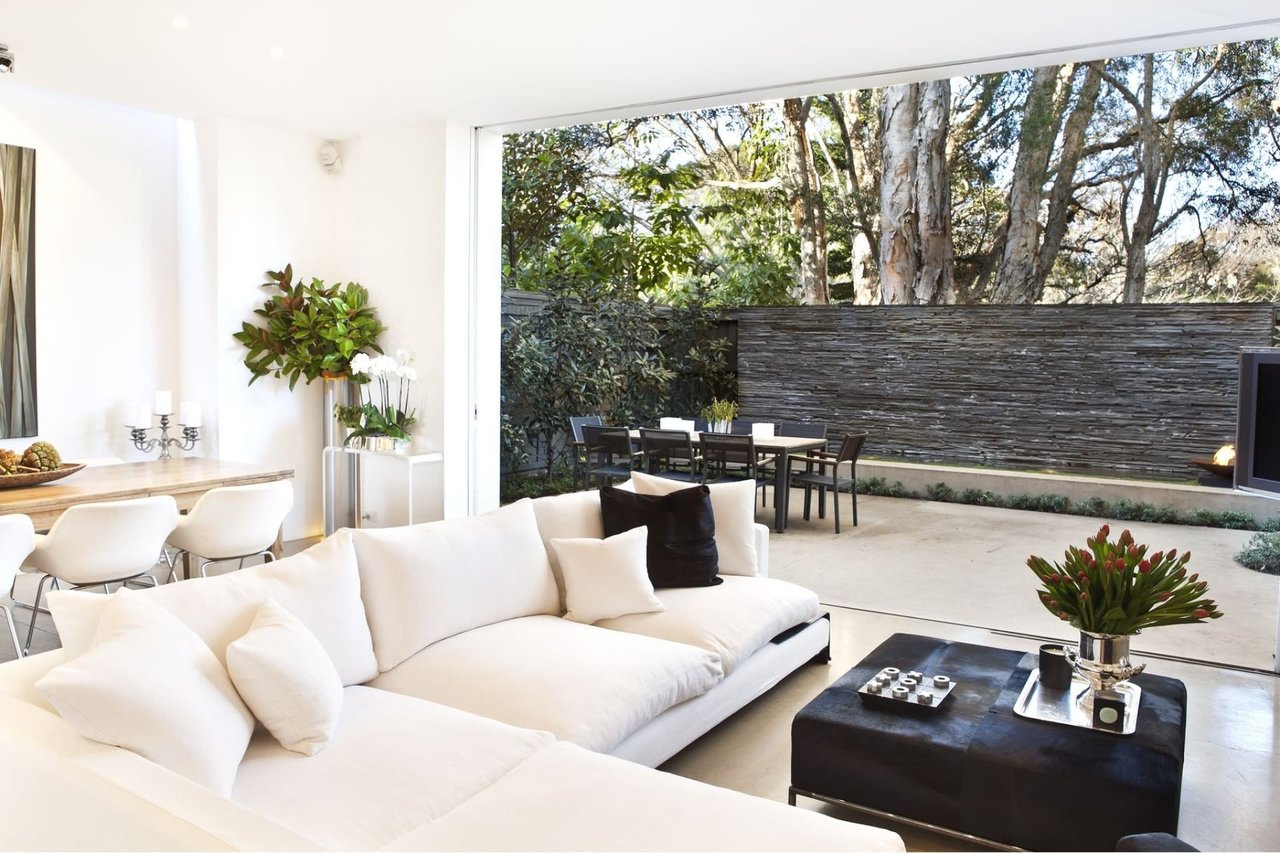Formula One hasn’t appeared in Florida since 1959, when a Championship Grand Prix was held in Highlands County at the Sebring International Raceway. Ever since this race, fans have traveled to other locations in the United States to get their fill. However, after 63 years, F1 is returning to the Sunshine State in May with the 2022 Miami Grand Prix.
Miami Gardens will host the F1 race for this portion of the World Championship, which will kick off a ten-year deal. Let’s explore this event, the track, and the monumental and positive impact the Grand Prix will have on the locals.
The inaugural event
 Photo Courtesy of F1
Photo Courtesy of F1This year’s circuit will test the drivers’ skills throughout 57 laps around the new F1 track at the Miami International Autodrome. The track features a very prominent Miami Gardens fixture at the center — the Hard Rock Stadium. Guests and visitors will be able to grab a drink and walk the top deck of the stadium, where they’ll oversee every straightaway and turns. This is highly unusual in the world of racing, but it’s not the only unique feature of Miami’s track — the circuit is the first to be designed by and supported by Formula One.
Starting Friday, May 6th, drivers will have the chance to practice and get a feel for the new, temporary track built on Hard Rock Stadium grounds. This allows for the city roads to continue with regular use. Saturday the 7th is when the drivers will work hard to qualify for the final race — scheduled for Sunday the 8th.
There’s been plenty of speculation about how well the site will serve for the race, but track designers have been hard at work to meet every crucial and challenging parameter. Additionally, the hard work into making the track is privately funded — not a dime has been passed off to taxpayers. As a portion of the Formula World Championship, it’s to be expected many are vying for tickets. Seats are already sold out, but some might be available on presale platforms if you’re still looking for a spot.
The track
Since August 2017, several teams have carefully constructed the circuit track for Miami’s Grand Prix. Designers with Formula One worked alongside Apex Circuit Design to create a raceway that addressed all the challenges of creating a track in the limited space available to them while meeting the standard of quality expected for an F1 event.
It was a challenge to fit the track into Hard Rock Stadium, and since the venue is home to the Miami Dolphins football team year-round, the construction had to address the team’s needs and use of the facility. Additionally, it was challenging to get all the pieces in place for final assembly. Tracks were drawn and driven. Routes were plotted and thought through with great attention to detail. Designers came up with more than 75 layout variations for the course. When the stadium was chosen as the final location for the event, designers experimented with no less than 36 track designs before the final one was chosen.
The final design consists of 19 turns, three straightaways, and 5.41 km (or 3.36 miles) of pavement. Contestants average speeds up to 223 km per hour (138 miles per hour) — there is even a chance for drivers to reach an expected top speed of 320 kph. Three possible drag reduction system zones (DRS) will allow drivers to increase their top speed and have more chances to overcome their opponents. This can mean an elevated excitement level for racing fans and a better chance at taking the win for the drivers.
The first left-hander at Turn 11 marks the end of the first intentional DRS zone and the first of two critical passing spots. An even tighter left-hander awaits at Turn 17, marking drivers' second opportunity to make headway over rivals. The last DRS zone is the most challenging pass for drivers to achieve. There will be one last half-chance to pass at Turn 1. If you want to view the action, Turns 11, 17, and 1 are the most likely to provide the most thrilling experience you could ask for in a race.
The impact
Formula One returning to the Sunshine State has a tremendously positive effect on the larger community, which will grow over the ten-year contract. Beyond racing, there’s been so much transformation Miami Gardens alone has begun to experience.
Located just a few miles north of downtown Miami, Miami Gardens is a neighborhood on the rise. This dynamic community is known for its exciting food scene with a delicious local Caribbean fare. Formula One has partnered with a handful of local restaurants to cater on event days to encourage the thriving neighborhood.
Attention has already begun to heat up the neighborhood, spurring the creation of more than 4,000 new jobs. Each year, there are expected to be more than 35,000 hotel bookings made for local businesses. Overall, the introduction of Formula One to the area is predicted to bring more than $400 million in direct, indirect, and induced economic impact.
The brand has put immense effort in time and financial investment to be sure they’re not only supporting the local community but offering them a plethora of opportunities to thrive. Miami Gardens students have also received paid internships, and the F1 STEM Program has partnered with the Miami Gardens Parks and Recreation Department.
 Photo Courtesy of Facilities Miami Gardens, FL CivicEngage
Photo Courtesy of Facilities Miami Gardens, FL CivicEngageVisiting Miami for the Formula One race may be the trip that makes you fall in love with the beauty of this incredible area. Relocating to Southern Florida will not only put you close to the beach and a multitude of shopping and dining opportunities, but you’ll know all the latest Formula One race news as it pertains to your city!
If you’re in the market to purchase a South Florida property, work with a real estate agent who brings knowledge and experience. Jacqueline Marks specializes in buying and selling Palm Beach luxury real estate, Coconut Grove real estate, and Miami Beach luxury condos. Contact her today to see how Jacqueline can best serve your needs in your next real estate transaction.




